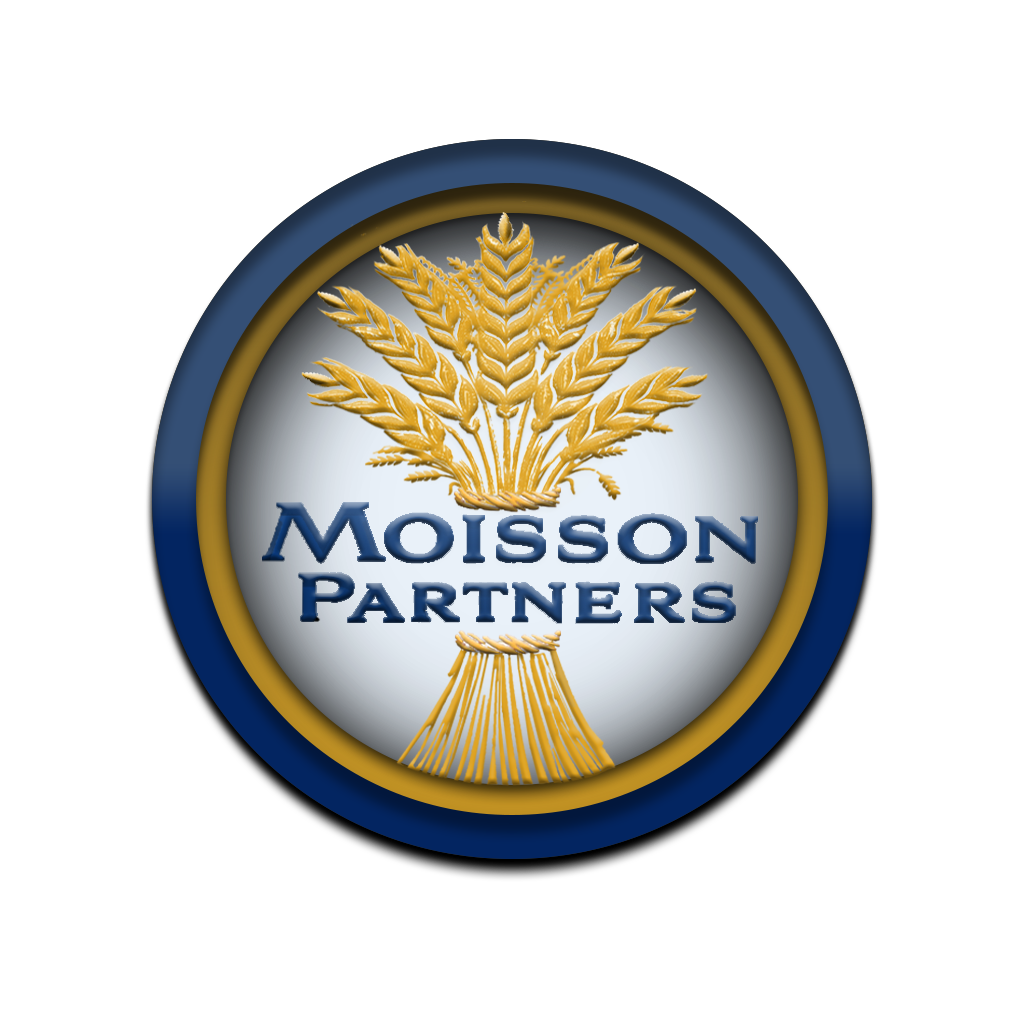The paradox is that while the first question we get from potential sellers or those who would join another firm, is about market multiples of revenue or EBITDA, when often the most important characteristic in determining a firm’s value, is its service model or culture. Here, we will examine the way these issues merge.
In our three decades of working with firms and their advisors, we have found that most sellers are concerned about two questions when thinking about selling and / or merging with another firm:
Will I get paid a reasonable price with acceptable terms?
Will I be proud to have picked the new firm and will my clients be pleased that I did so?
There are certainly subtexts to these. The characteristics of your own firm will to some degree define how another firm will view you and be able to fulfill your expectations related to these critical questions.
“Why do I need to know what it is worth, before I am ready to sell?”
With some knowledge of your firm’s value, you can benefit in the following ways:
It helps you decide if you want to sell at a particular time.
It helps you decide if a suitor is fair in their offering.
Your profitability is likely to increase, sometimes dramatically.
You could change the value with a few changes over time.
When should you start?
If you wait until the last minute, your options to increase value are limited. Some of the changes we will mention are simple tweaks, others will take more time but will pay significant dividends when you do decide to sell or join another firm. Even if you never plan to sell, many of these changes will be beneficial from both a revenue and profit standpoint.
What do Buyers Look for?
For almost 30 years, we have worked with buyers of advisory practices of all types, including:
Those looking for small practices with $30M to $80M assets under management.
Those looking for assets exceeding $100M.
Those seeking $1 billion AUM and above firms.
Many advisors or firms look to buy simply the assets and client relationships of a firm, while others want to acquire the entire RIA with the staff and any advisors included.
The fact is that regardless of size, they are all looking for a firm that will be profitable to them, and advisors and clients who will complement their own practice and service model.
Value Drivers
Due to Private Equity and Aggregators in the press, many advisors assume that all firms are treated the same regardless of their size, as it pertains to multiples of revenue or EBITDA. Here is a bit of reality:
A $30M firm, and $100M firm, do not earn the same multiple in the marketplace.
Likewise, a $100M firm and a $500M firm do not earn the same multiple in the marketplace.
A solo practice will not earn the same multiple as a firm with similar AUM, but with multiple advisors and staff will.
Why?
There is no client facing team with relationships except the owner.
There are rarely documented procedures.
There is usually no succession or exit plan if the advisor is unable to continue.
The brand is the advisor himself or herself.
Even if the solo practitioner has a very high profit margin, a larger buyer with infrastructure will not be able to manage that same group of clients as profitably.
A lot of advisors wait too long, and the clients get too old, or worse, begin to leave. In addition, growth, outside of market growth, stops.
So, what drives value?
AUM – but the characteristics of said AUM are as important. Is it all discretionary (more valuable), or non-discretionary?
Distribution of the Assets
Example: Two firms each with $100M AUM.
Firm #1: 150 clients, 3 of them hold $30M. The rest ($70M) spread across 147 clients.
Firm #2: 20 clients averaging $1M, and 114 clients averaging $700K.
Firm #2 is more valuable because concentration risk is lower.
Ages of clients
Assets represented by clients over 73 face drawdown risk.
Over 75+ increases health/mortality risk, reducing future value.
Strong relationships with beneficiaries can offset this.
Fees and revenue
More valuable than AUM. Consistency matters—buyers can’t raise fees post-close without risking attrition.
Age of the Relationship
Longer client tenure = loyalty = stronger transition value.
Staff
Client-facing staff reduces transition risk. Retention provisions make this critical.
Services
Broader service offerings = higher value.
Technology
CRM, billing, trading, compliance systems all increase profitability and attractiveness.
Metrics
Firms that can provide financials and KPIs readily appear professional, deliberate, and efficient.
Improving your Value (Action Steps)
Segment your book.
Track client ages—especially top 20 by AUM.
Keep P&L and balance sheets current.
Strengthen ties with beneficiaries.
Transition revenue to recurring (advisory).
Invest in technology.
Build a succession plan with younger advisors.
Document procedures (onboarding, service standards, client communications, portfolio management).
Formalize and track marketing process.
Define and document your investment philosophy.
Conclusion
When you are running a firm or practice, it is easy to put off making changes because you are working to service clients and get new ones, but a few tweaks and larger changes over time can mean a great deal to you when and if the time comes to retire, step back, or even join another firm.
This process will make you more of a business than a practice. Businesses are worth more.
Alternatively, if you ever decide to acquire, these changes will make you an attractive buyer.
